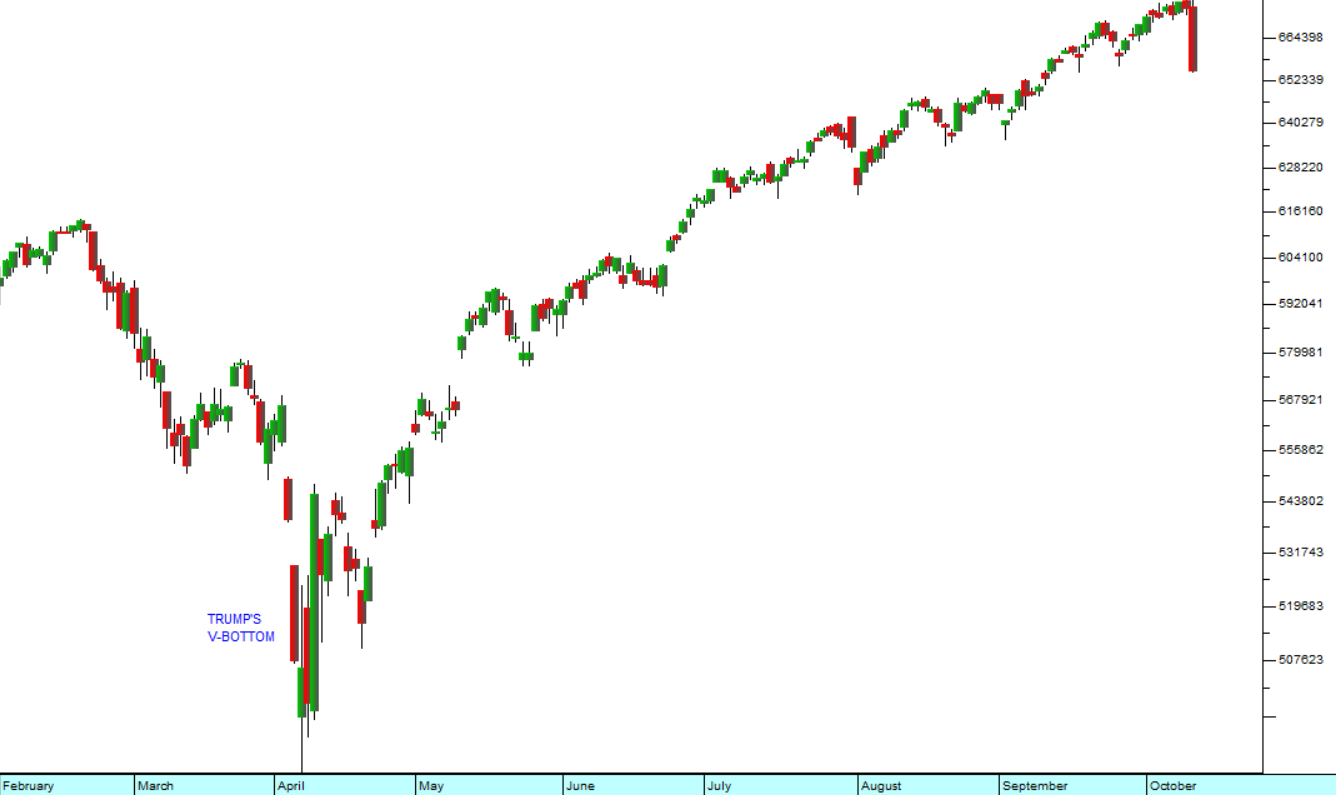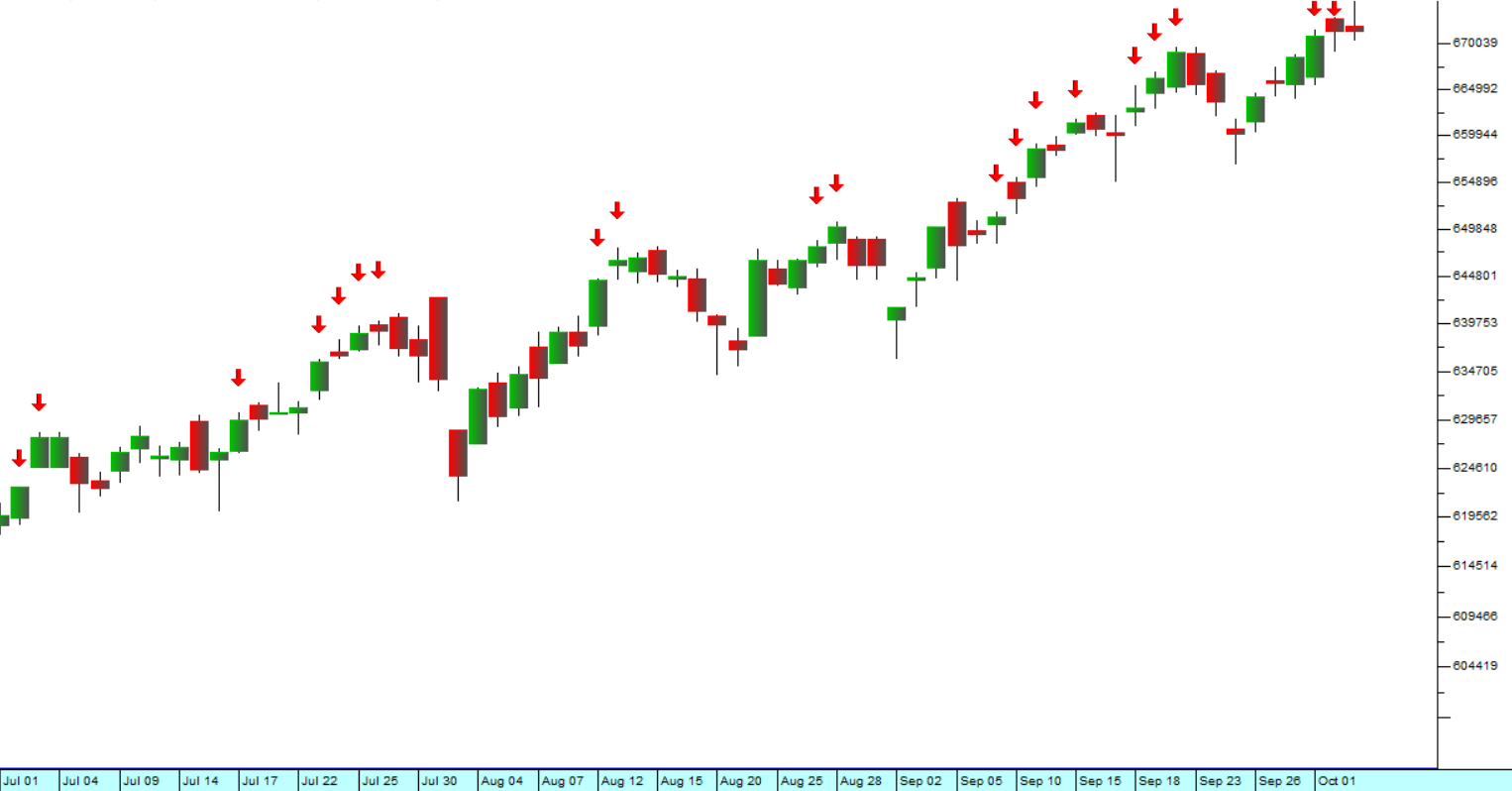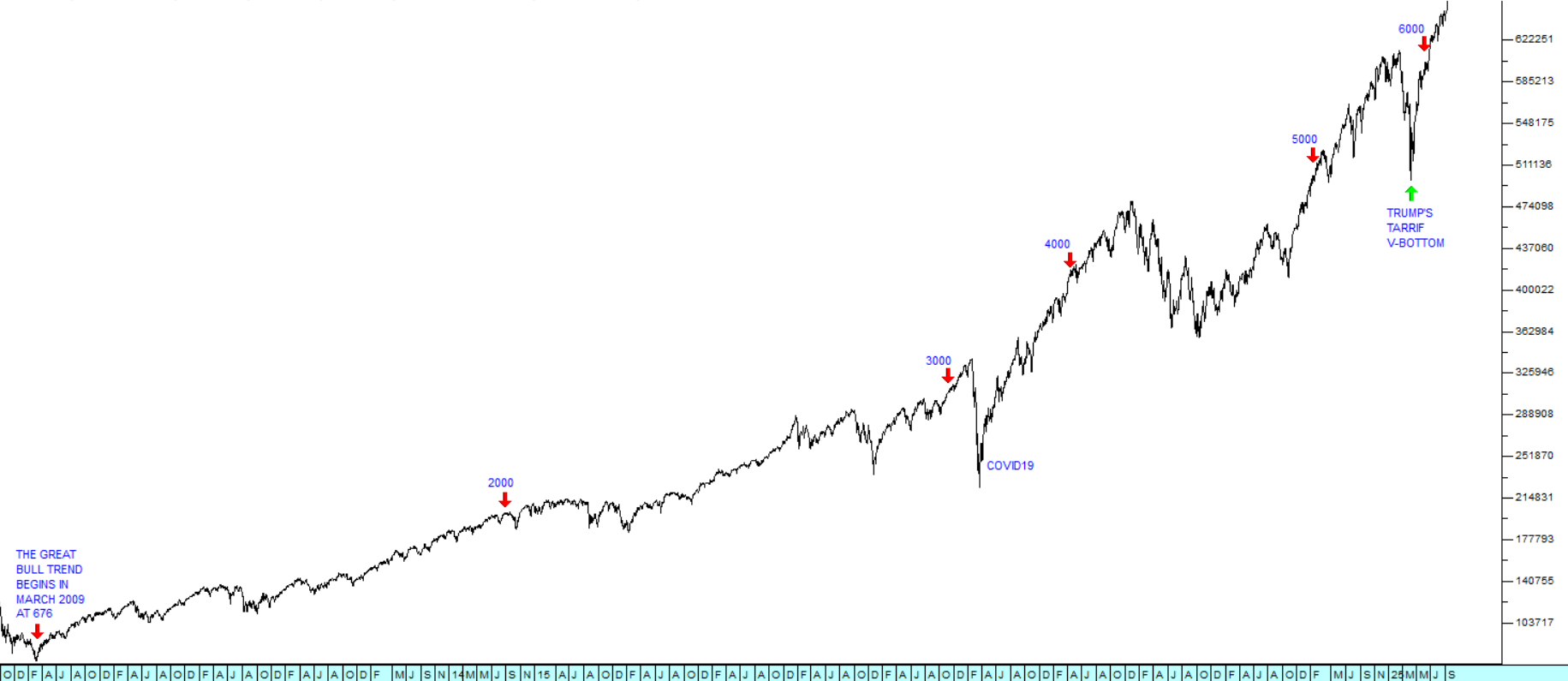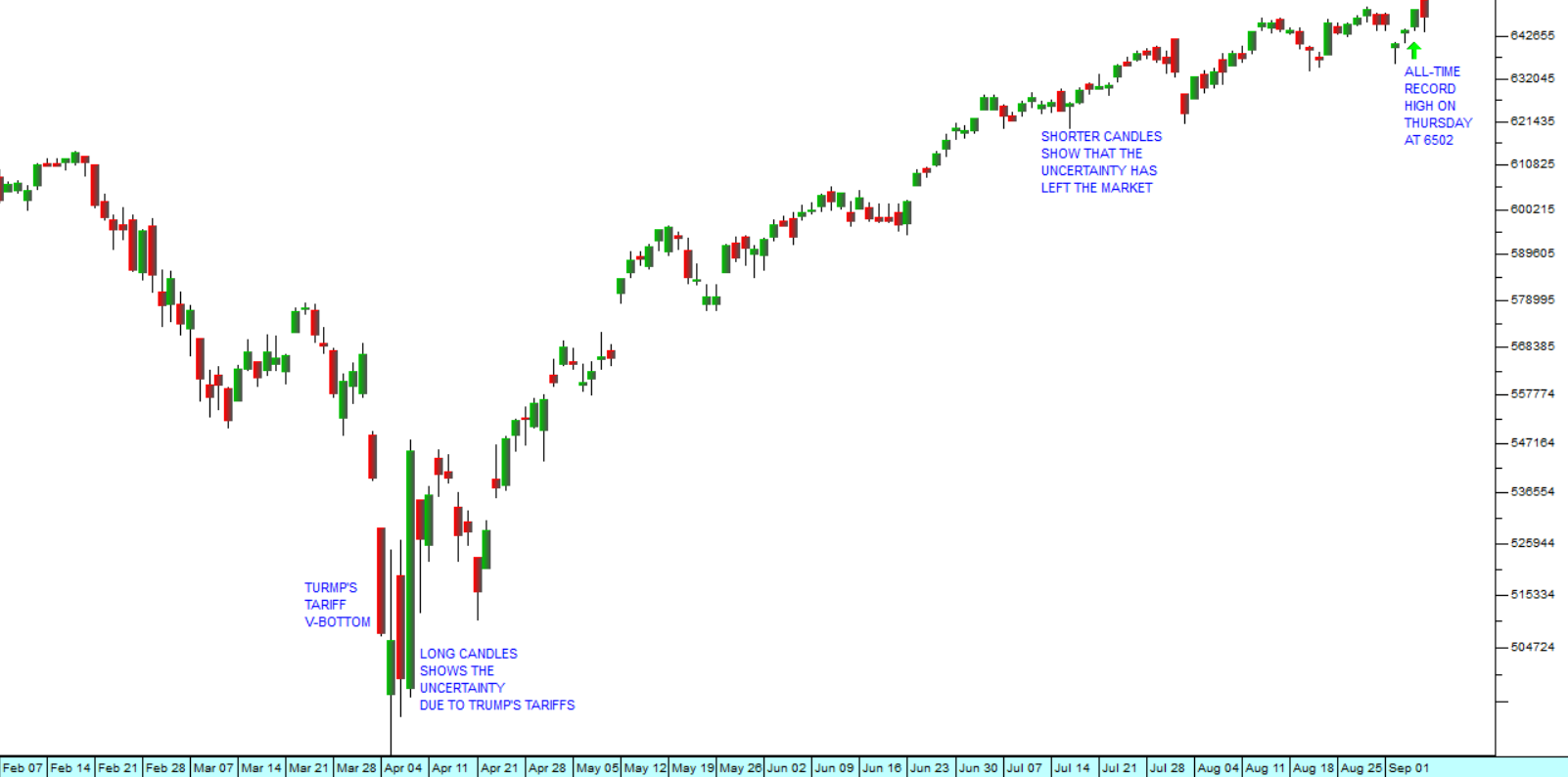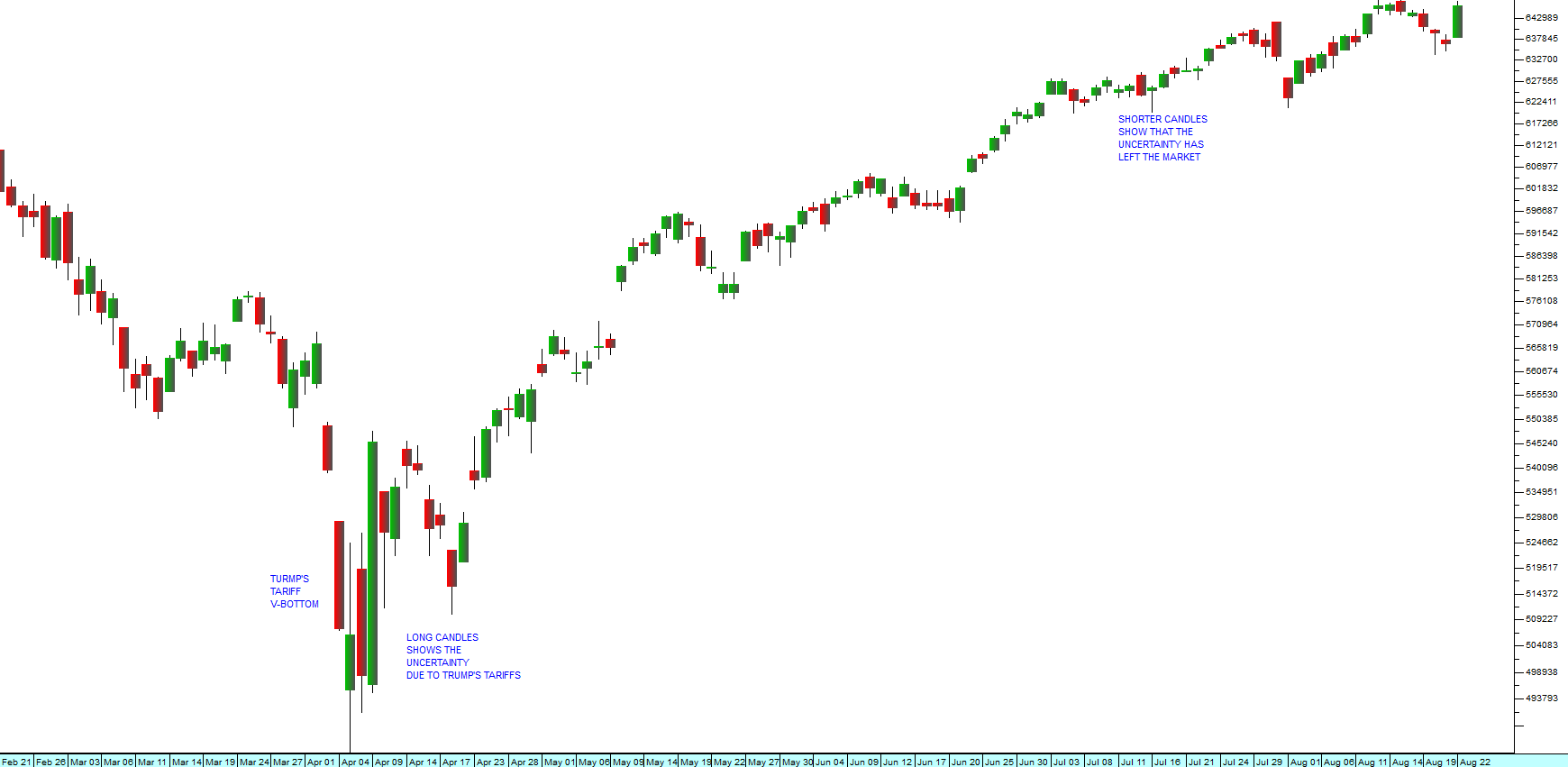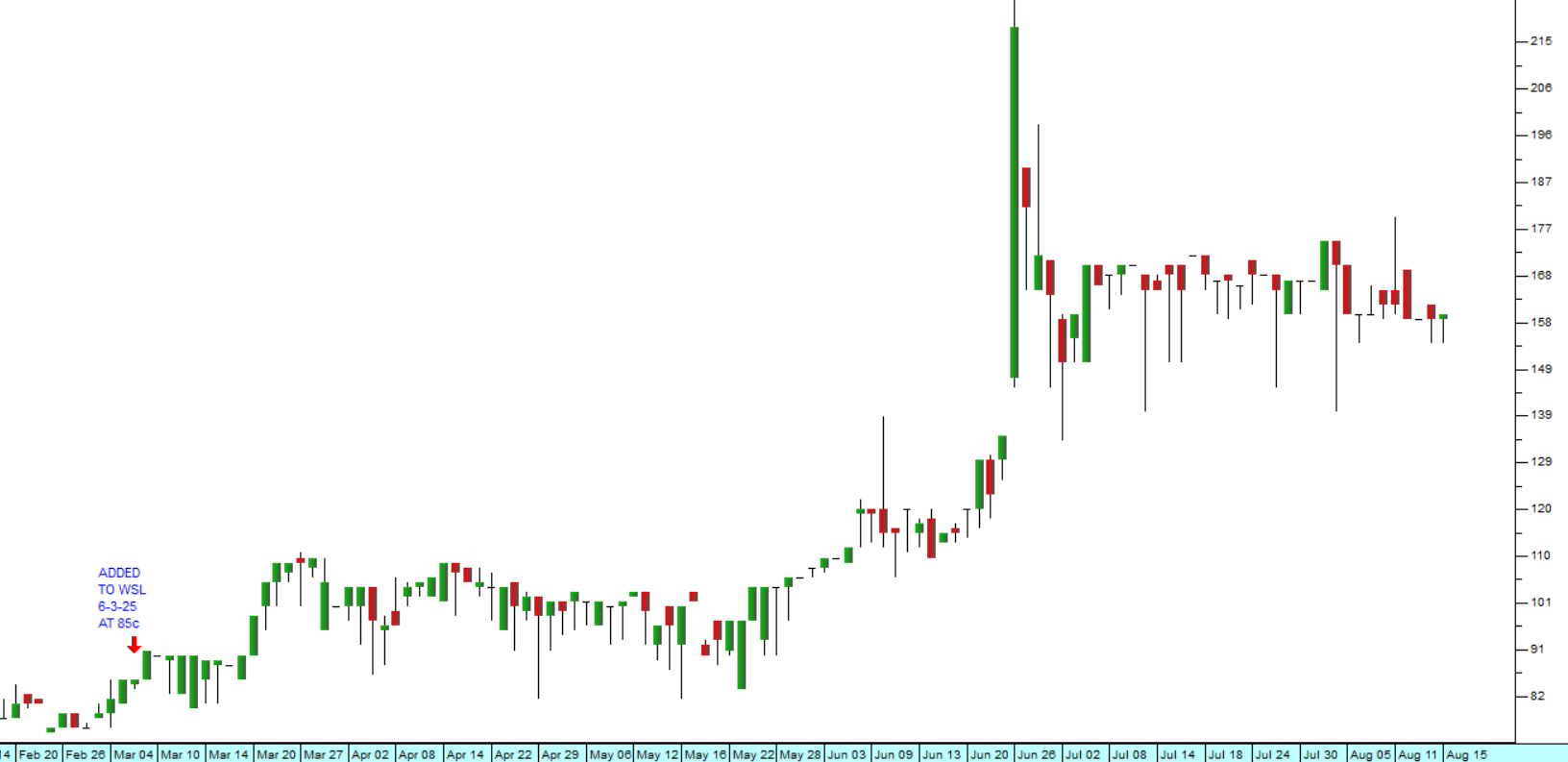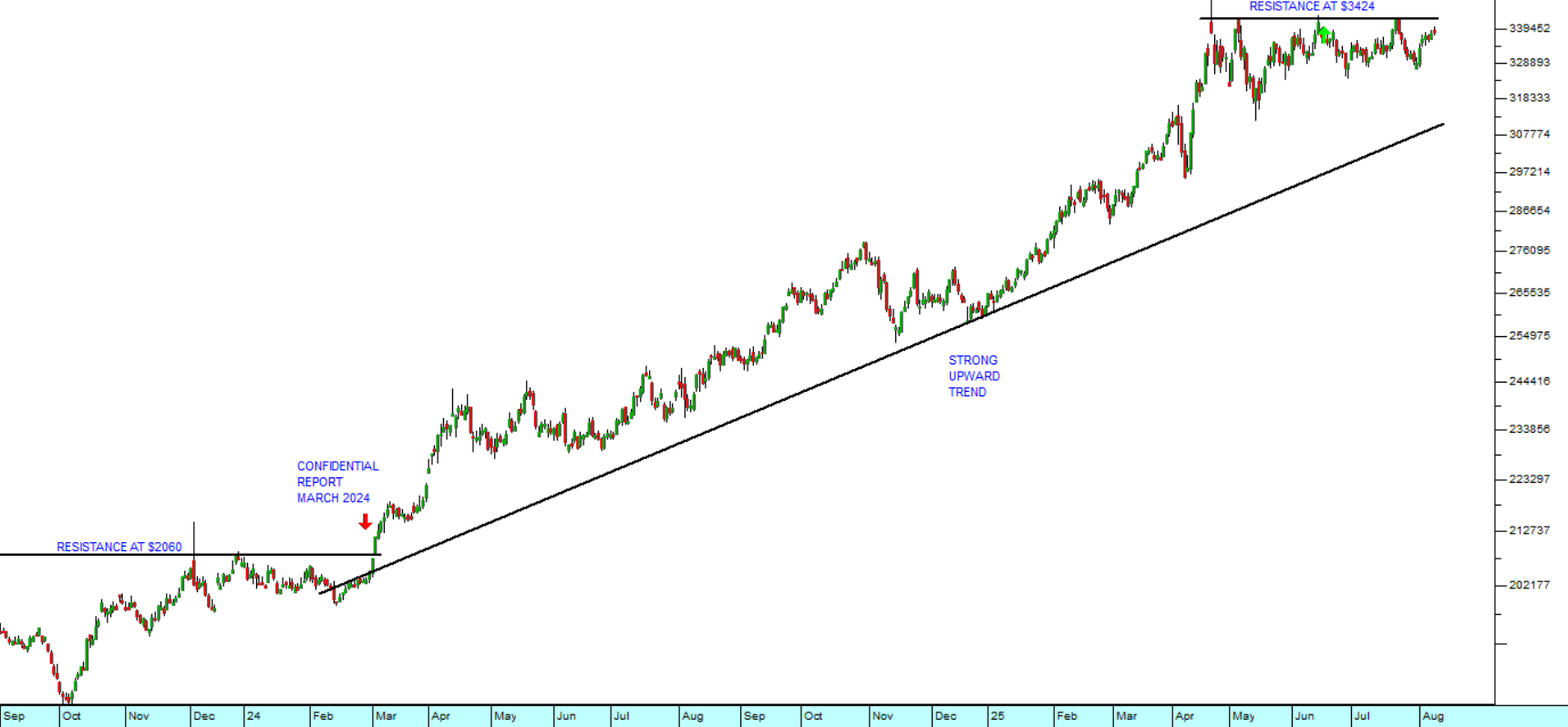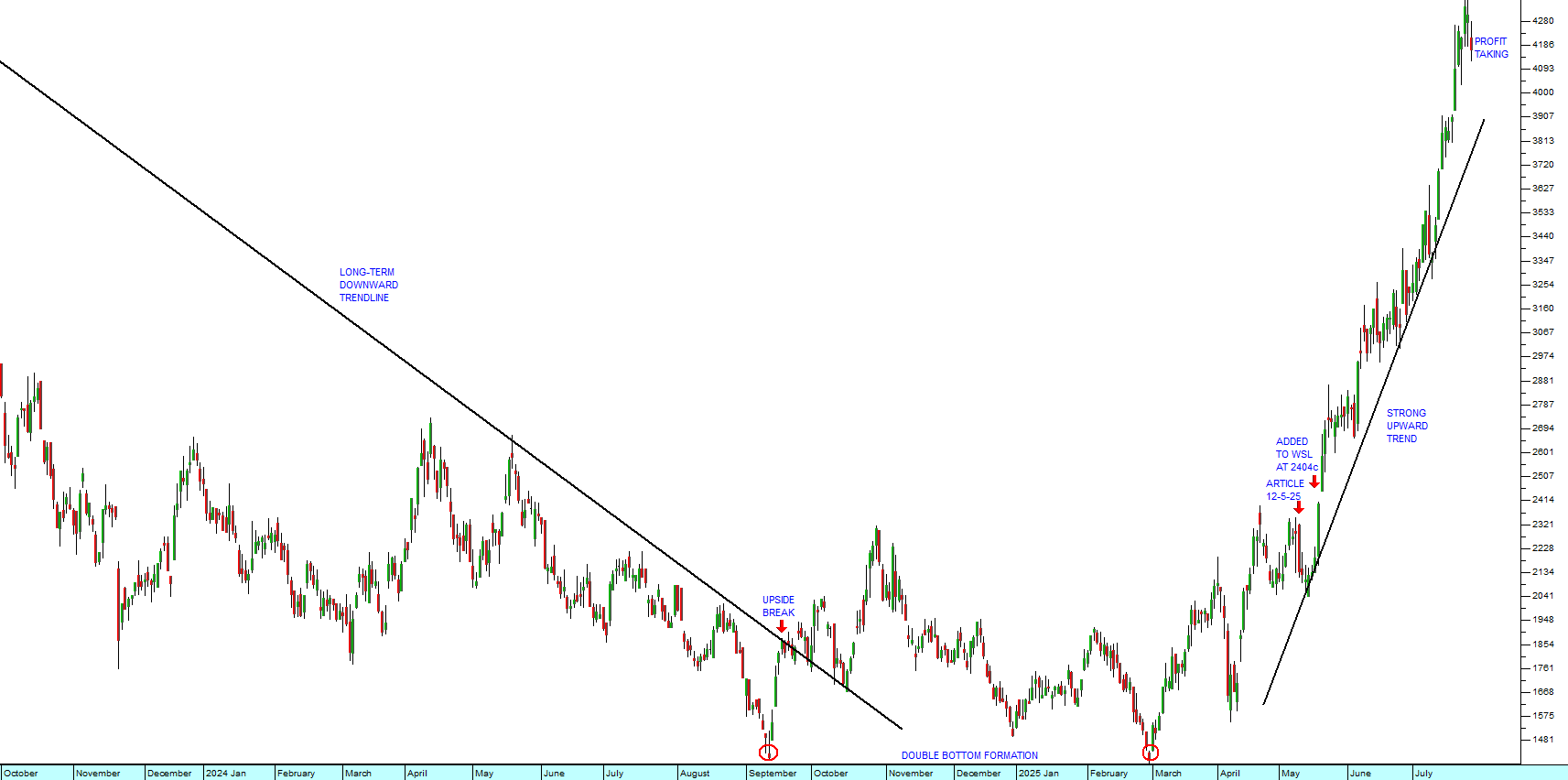Technical Analysis
7 December 2020 By PDSNETA few weeks ago, I wrote an article about the relationship between fundamental and technical analysis. (Click here to see the article)
In this article, I would like to take that discussion forward by considering the theoretical foundations of technical analysis and its merits as a method of predicting future share price movements.
Technical analysis (i.e. the analysis of price graphs) begins with the assumption that there are patterns in share price charts which can be used to improve the investor’s probability of making accurate predictions. If we accept that share price charts do, in fact, contain patterns, then we need to ask the question, “Where do those patterns come from?”
The answer to that question is that the patterns originate in group investor behaviour. Investors as a group exhibit certain consistent behavioural patterns which can be directly linked to specific charting formations. Perhaps the easiest way to explain this is by way of an example.
The moving average (MA) is arguably the most basic and widely used technical analysis tool. Studies done in the United States have shown that a simple 200-day moving average, applied to the Dow Jones Industrial index over the past 100 years is approximately 10 times as profitable as a buy and hold strategy. In other words, an investor who acted on every buy signal and sell signal given by such an MA over the last 100 years and paid the standard dealing costs on every transaction would have made ten times more profit than another investor who simply bought the Dow Jones 100 years ago and held it over that period.
This seems to indicate that using the MA definitely improves investor performance – and that means it must be exploiting something consistent within psychology of the investors as a group whose purchases and sales give rise to the charts.
The pattern which makes MA's effective has its origins in the psychological difficulty which people have in adjusting their perceptions of asset values, quickly.
In your life, you have always thought of big-ticket assets as having more-or-less constant values. For example, the one of the most traumatic experiences you can have is to write off a motor vehicle – because what was worth R250 000 a few minutes ago is suddenly worth nothing. Your mind has great difficulty in adjusting to the new reality.
If I told you that your house was worth nothing you would have extreme difficulty in accepting that – even if I was right.
From a young age, we are socialized to accept that asset values change only very slowly over a long period of time – if they change at all.
Let us suppose that you have a share which is changing hands in the market today for R20. Would you sell it for R1 tomorrow morning? Obviously not – nor would anyone be foolish enough to offer you R1. But if the share was over-priced at R20, then it is quite conceivable that you might accept R19 for it tomorrow morning. And, if you were still holding it the day after that, you might accept R18 – and, in time, it might eventually reach R1. But, it would never do so in one day – but over a period of weeks and months – which means that mathematically the share price must cut down through its moving average giving a clear sell signal.
This unwillingness to accept rapid and radical changes in the value of assets is the generalized human characteristic which allows the MA to work. It results in share prices moving in broad sweeping trends either up or down – broken by occasional periods of sideways movement. To the extent that share prices move in trends, the moving average will work and the buy and sell signals that it gives will be effective. To the extent that share prices move sideways, the moving average will not work.
With this idea in mind, two important understandings become clear:
- That technical analysis is really the study of group investor behaviour – as it manifests in share price and volume patterns. It follows that when you are considering a technical indicator (like the moving average) you should try to establish which human behavioural characteristic it is exploiting because that will give you a closer appreciation of its efficacy.
- That technical analysis is really a social science in the same way as economics or psychology. Economics and psychology have naturally ended up in the realm of statistics and probability, because they are striving to identify patterns within particular areas of human behaviour. Hence , economics tends towards econometrics and psychology tends towards psychometrics.
In psychology and economics, the “size of the sample” is critical. No psychologist would come to conclusions based on the study of a single individual – because that single individual might be an outlier in some way (a person with an extremely high IQ or a psychopath, etc.). In fact, the broader his study and the larger the size his sample the more compelling his results become.
So, what is the size of the sample in technical analysis? It is the volume traded. The more heavily traded a financial indicator is the more reliable it becomes technically. Thus, a thinly traded share is technically unreliable because a single investor getting in to or out of the market for reasons which are completely unrelated to the market (e.g. he sells because he needs the money to put down a deposit on a house) can move the chart significantly. But, with a heavily traded share, the activities of the individual are lost in the overall direction of the trend.
Thus, a heavily traded share is more technically reliable than a thinly traded one. An index is more technically reliable than a share – and so on.
DISCLAIMER
All information and data contained within the PDSnet Articles is for informational purposes only. PDSnet makes no representations as to the accuracy, completeness, suitability, or validity, of any information, and shall not be liable for any errors, omissions, or any losses, injuries, or damages arising from its display or use. Information in the PDSnet Articles are based on the author’s opinion and experience and should not be considered professional financial investment advice. The ideas and strategies should never be used without first assessing your own personal and financial situation, or without consulting a financial professional. Thoughts and opinions will also change from time to time as more information is accumulated. PDSnet reserves the right to delete any comment or opinion for any reason.
Share this article:

